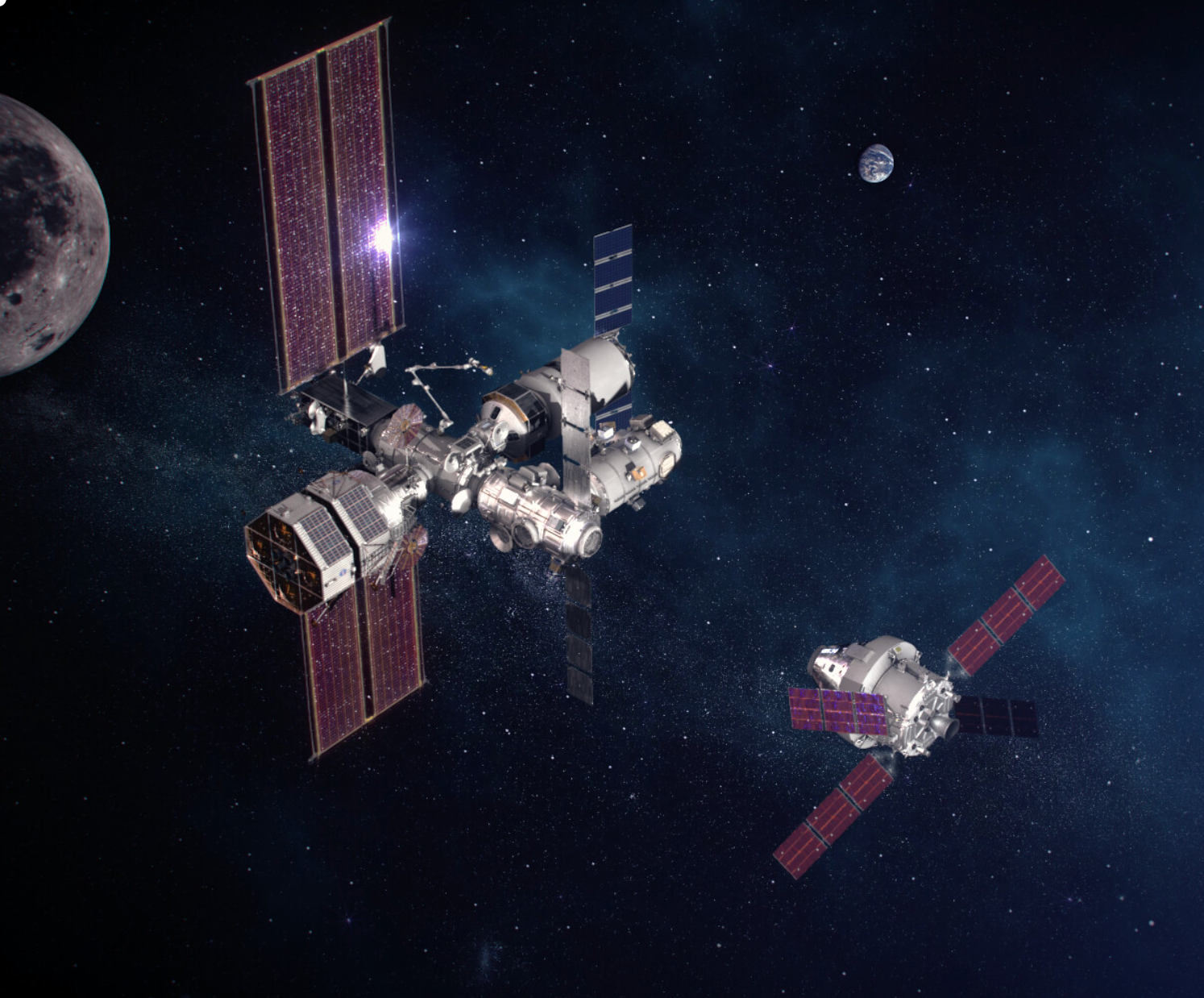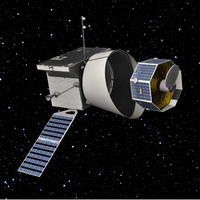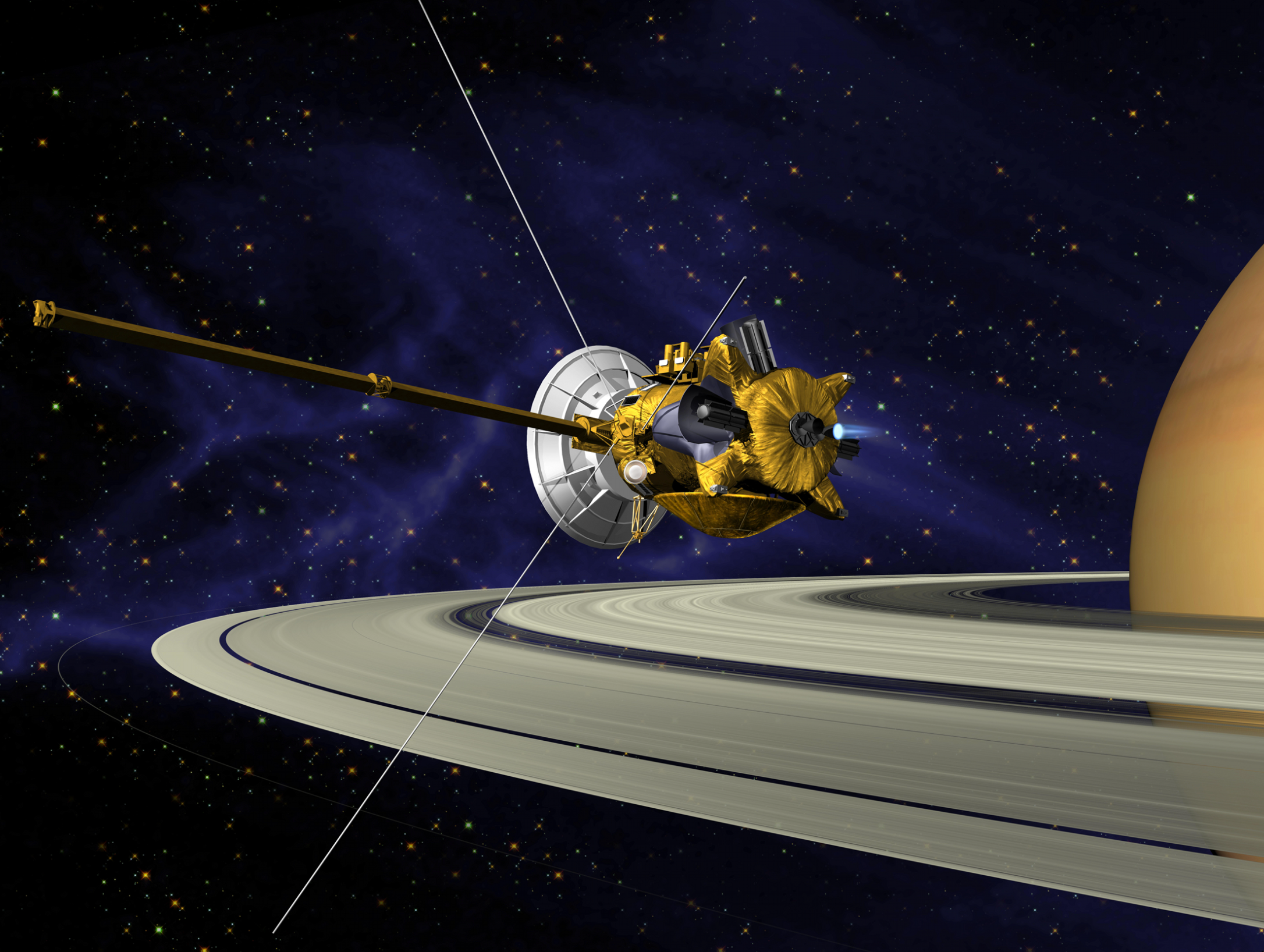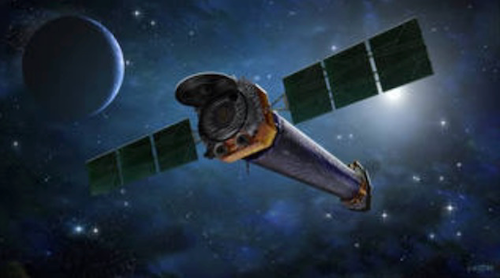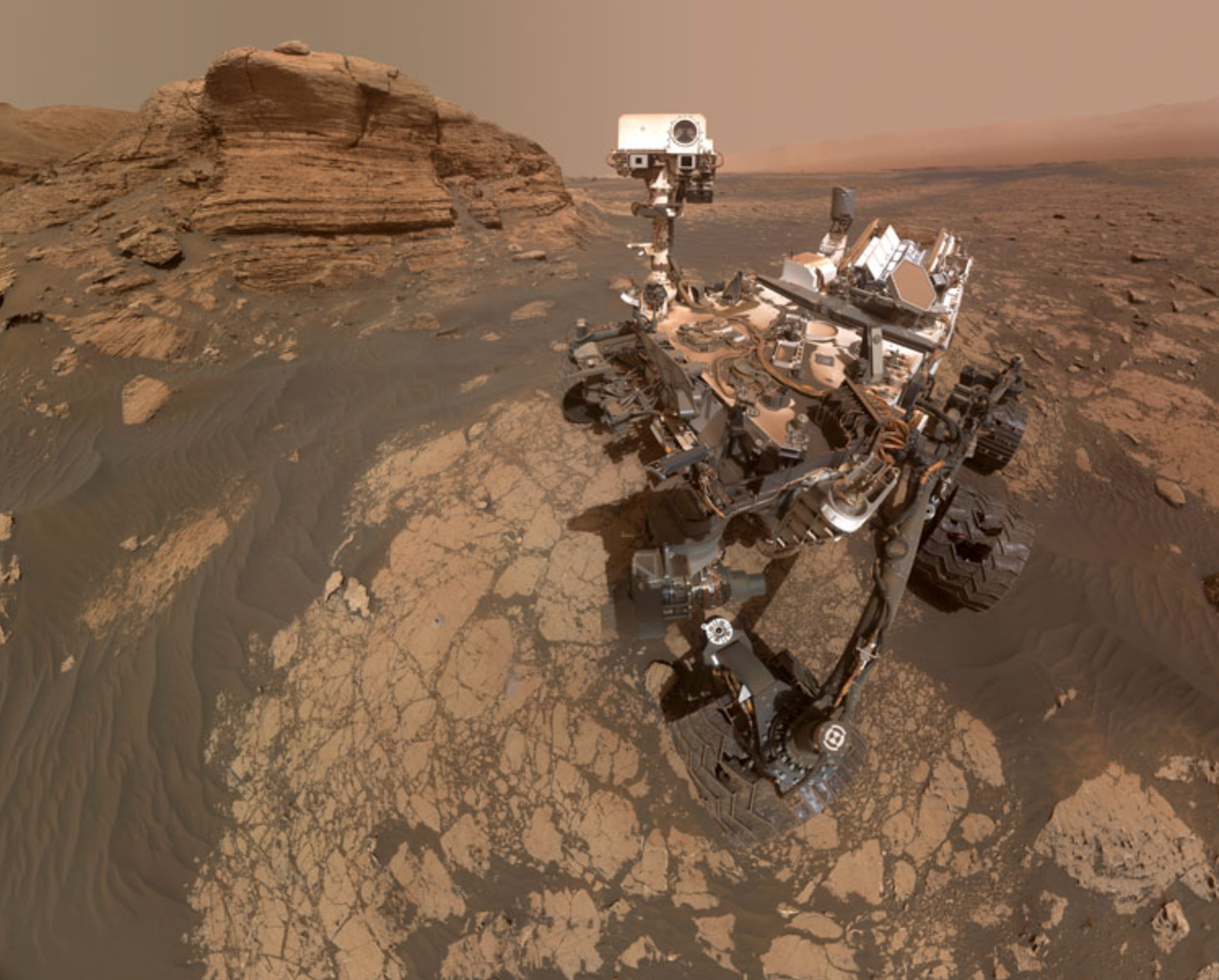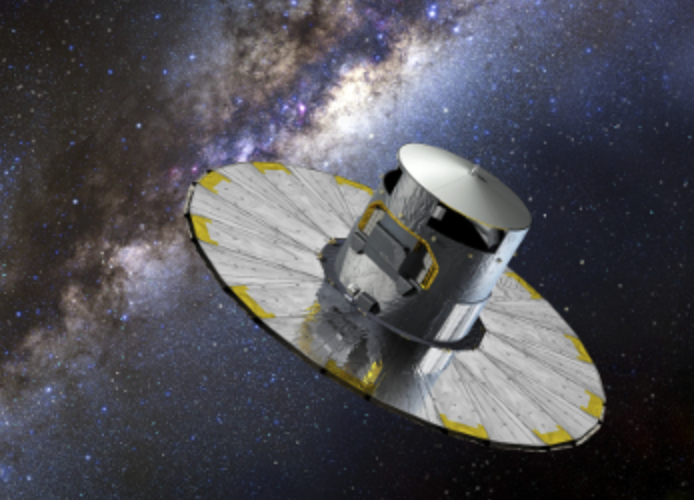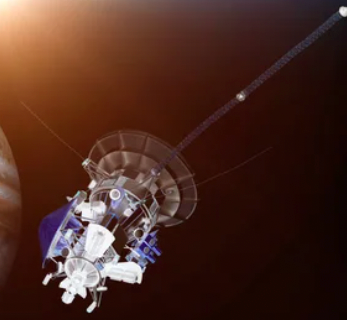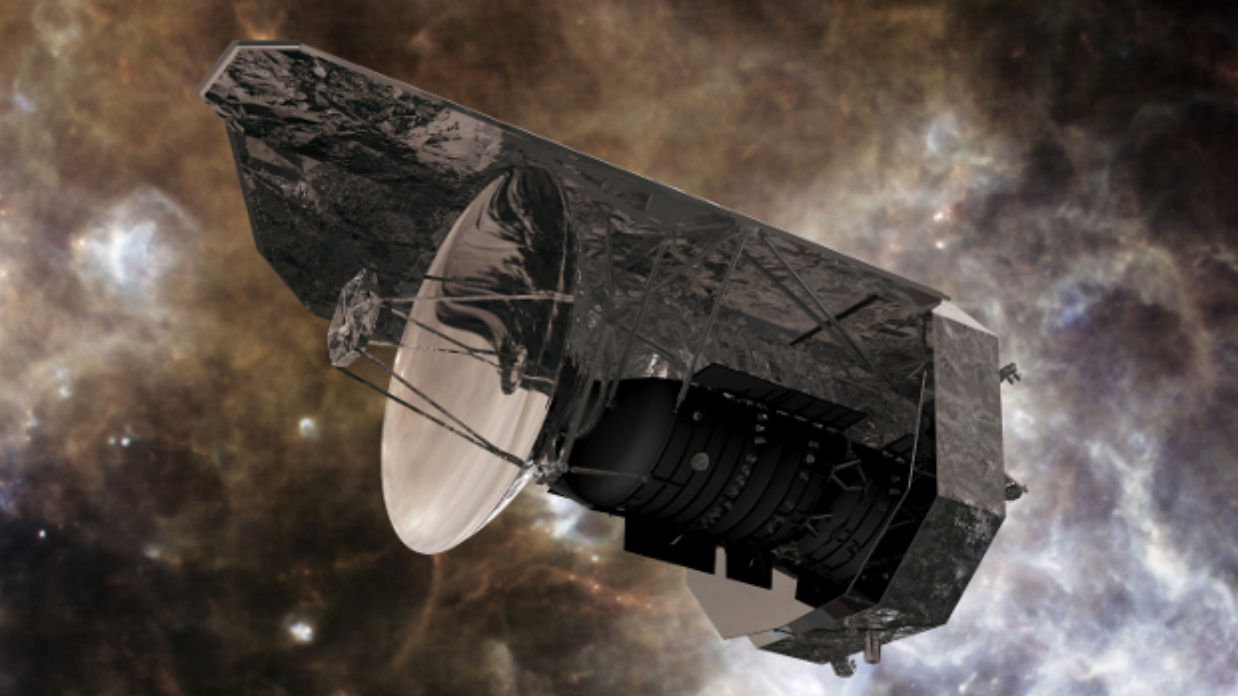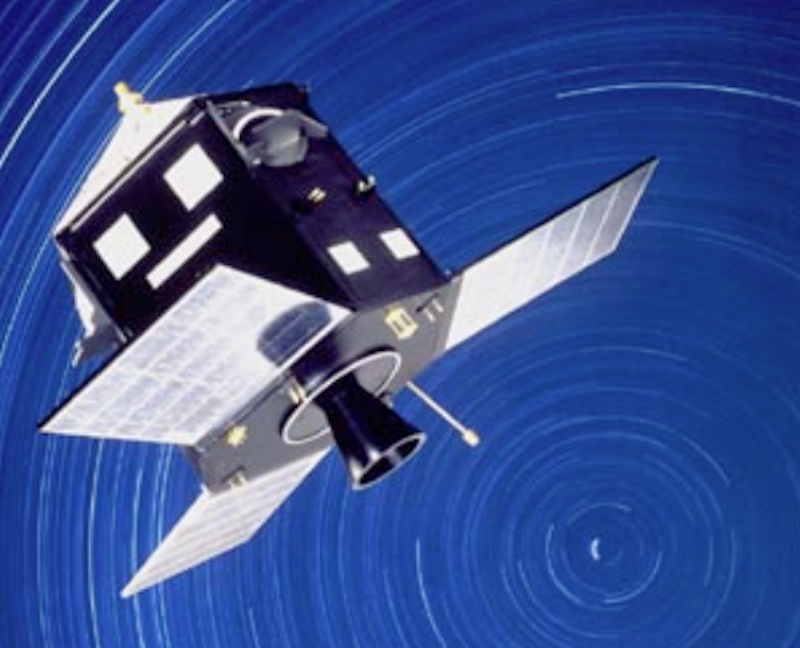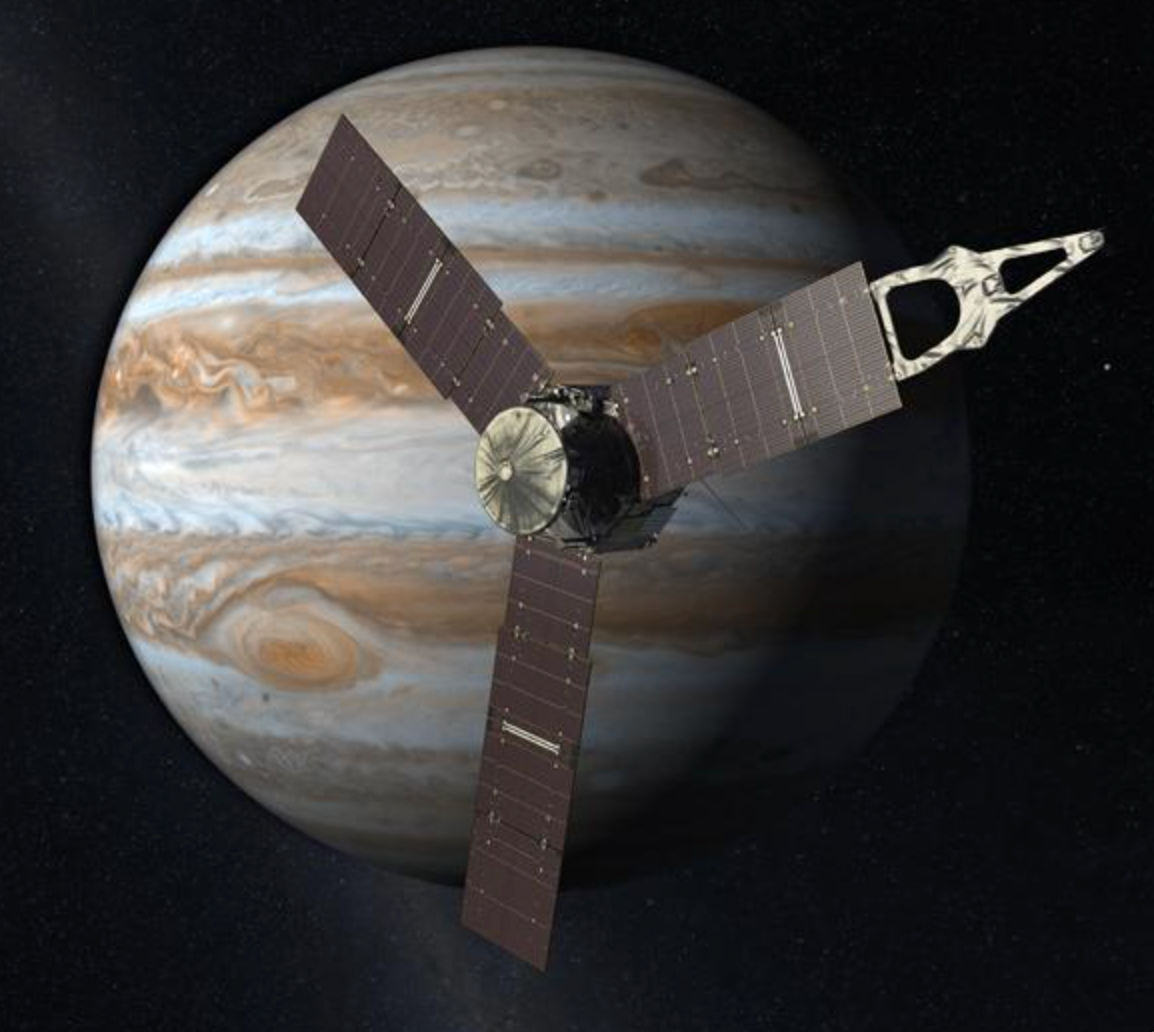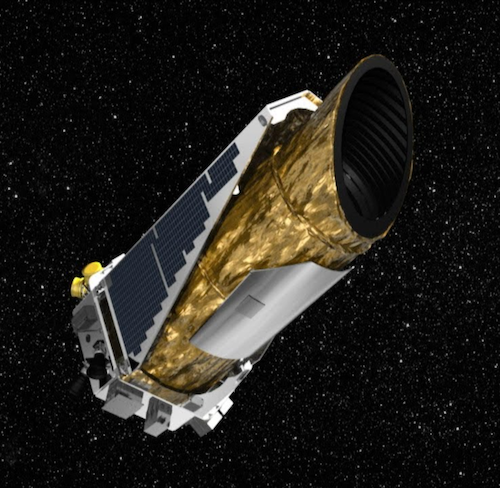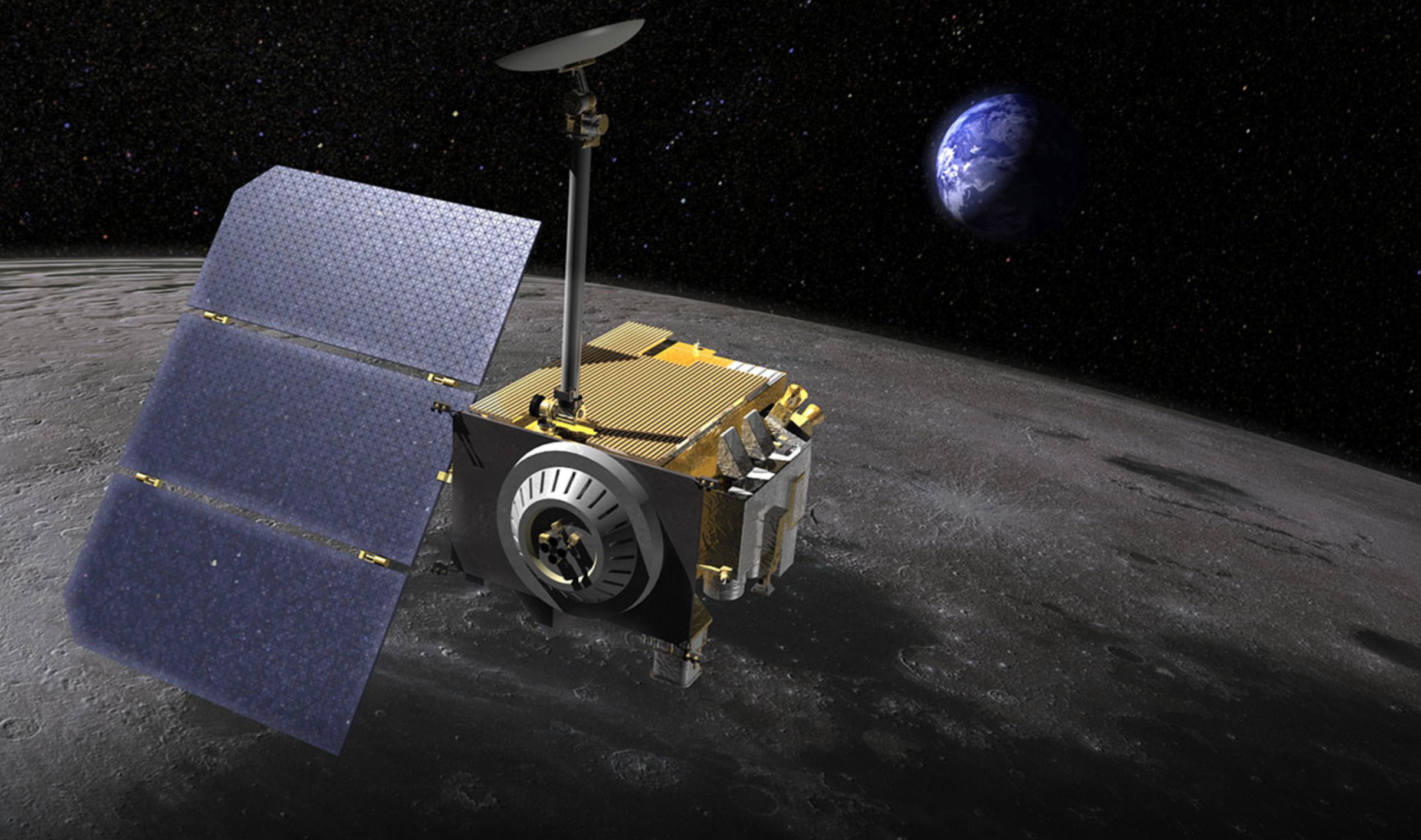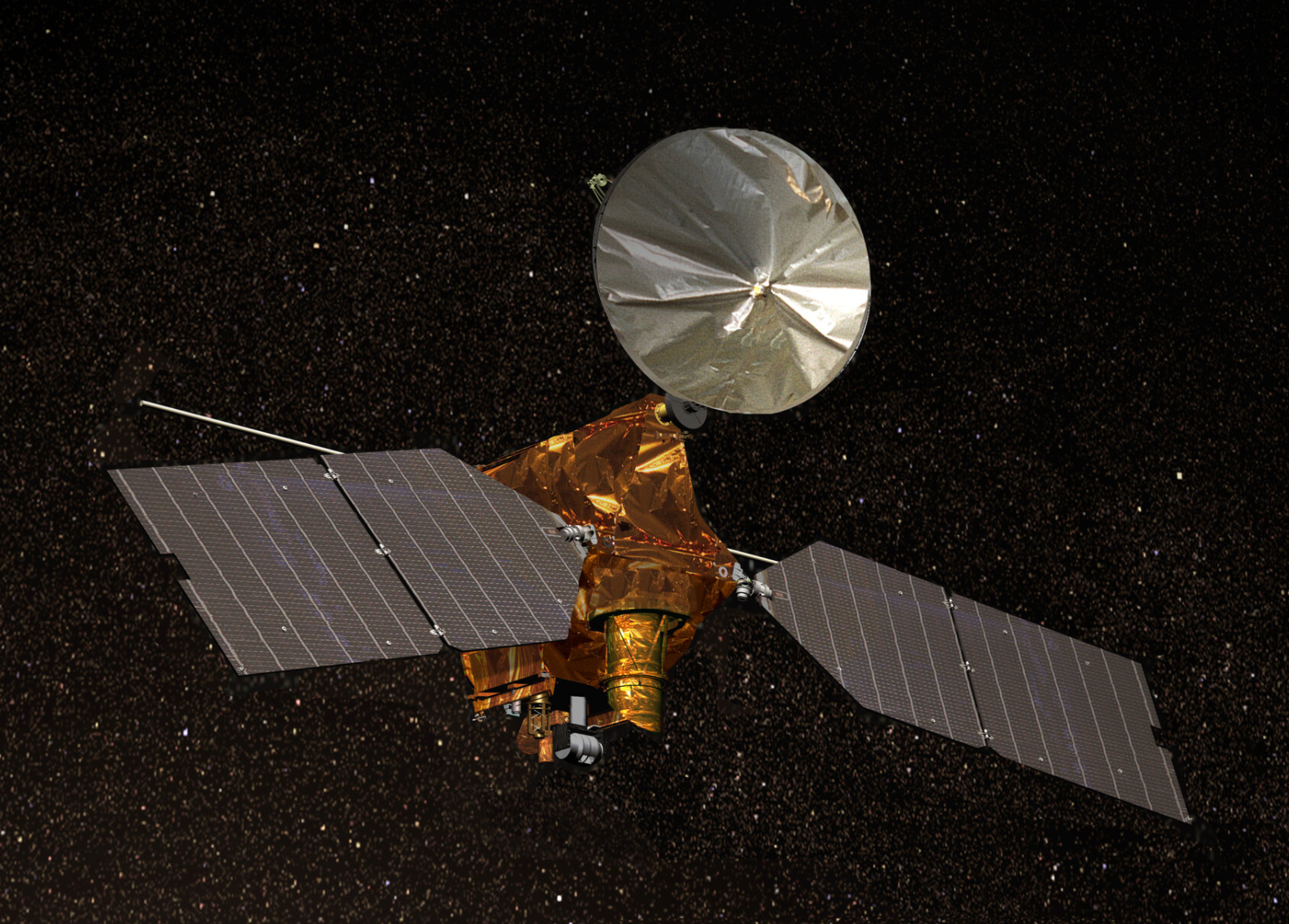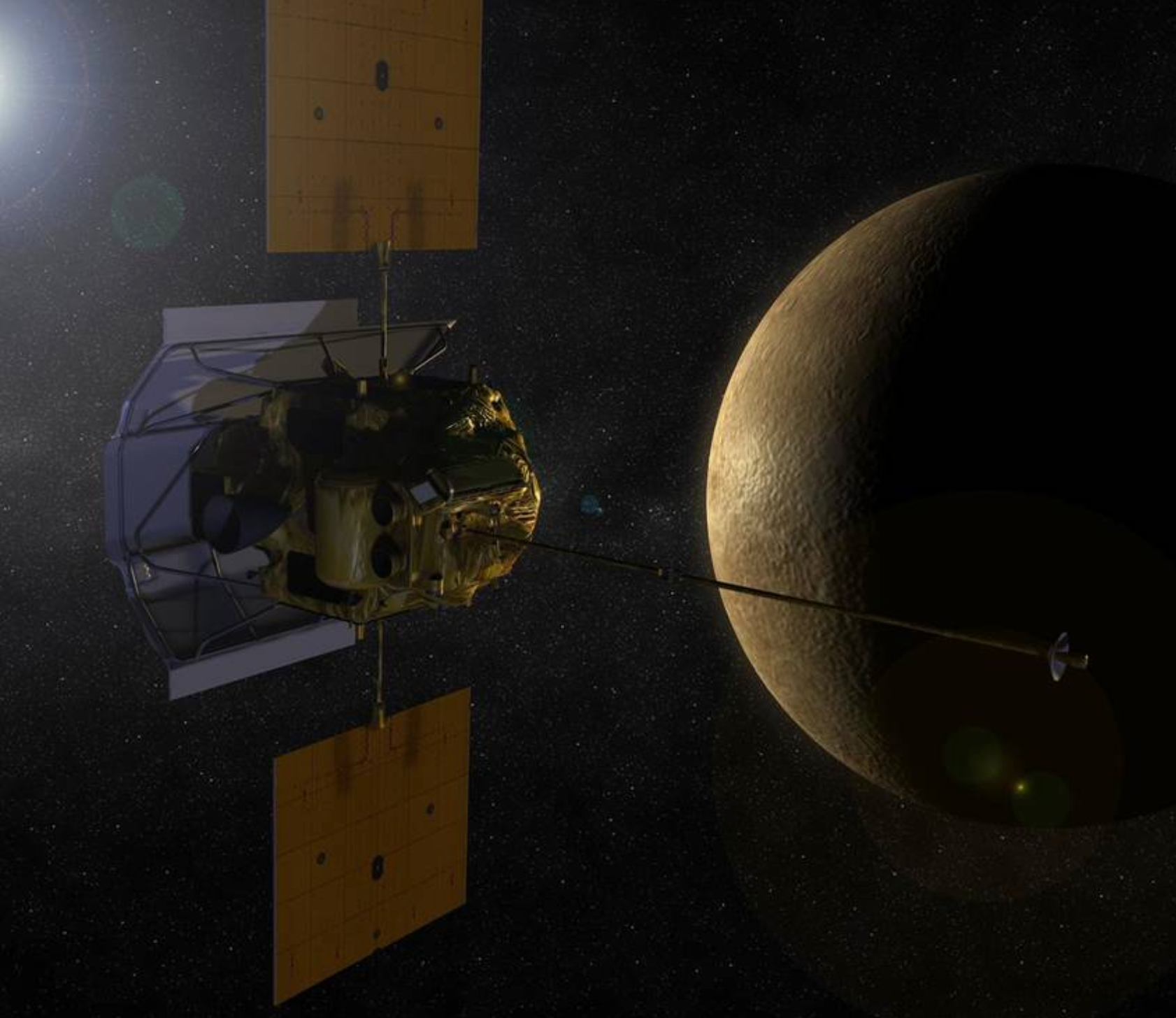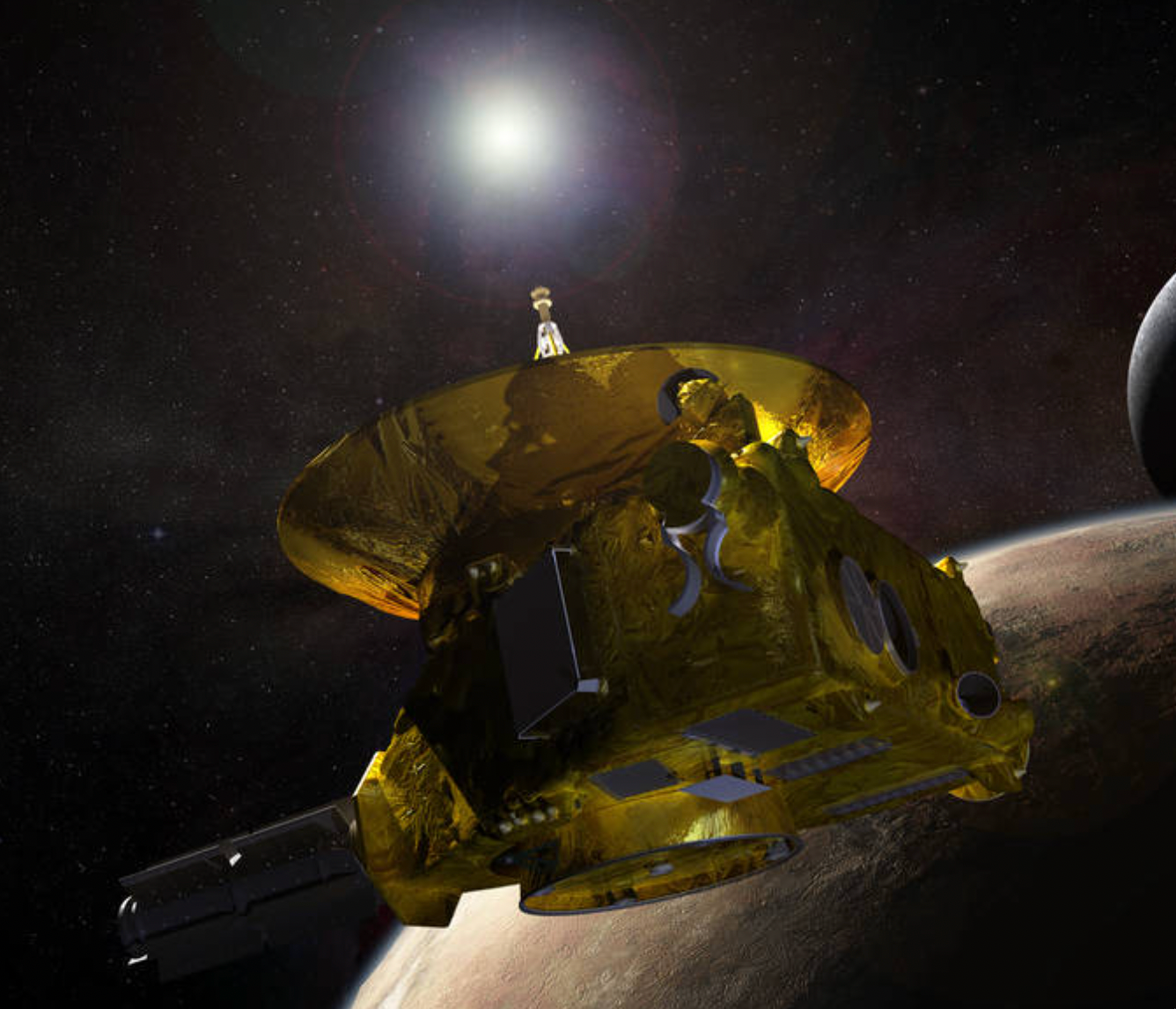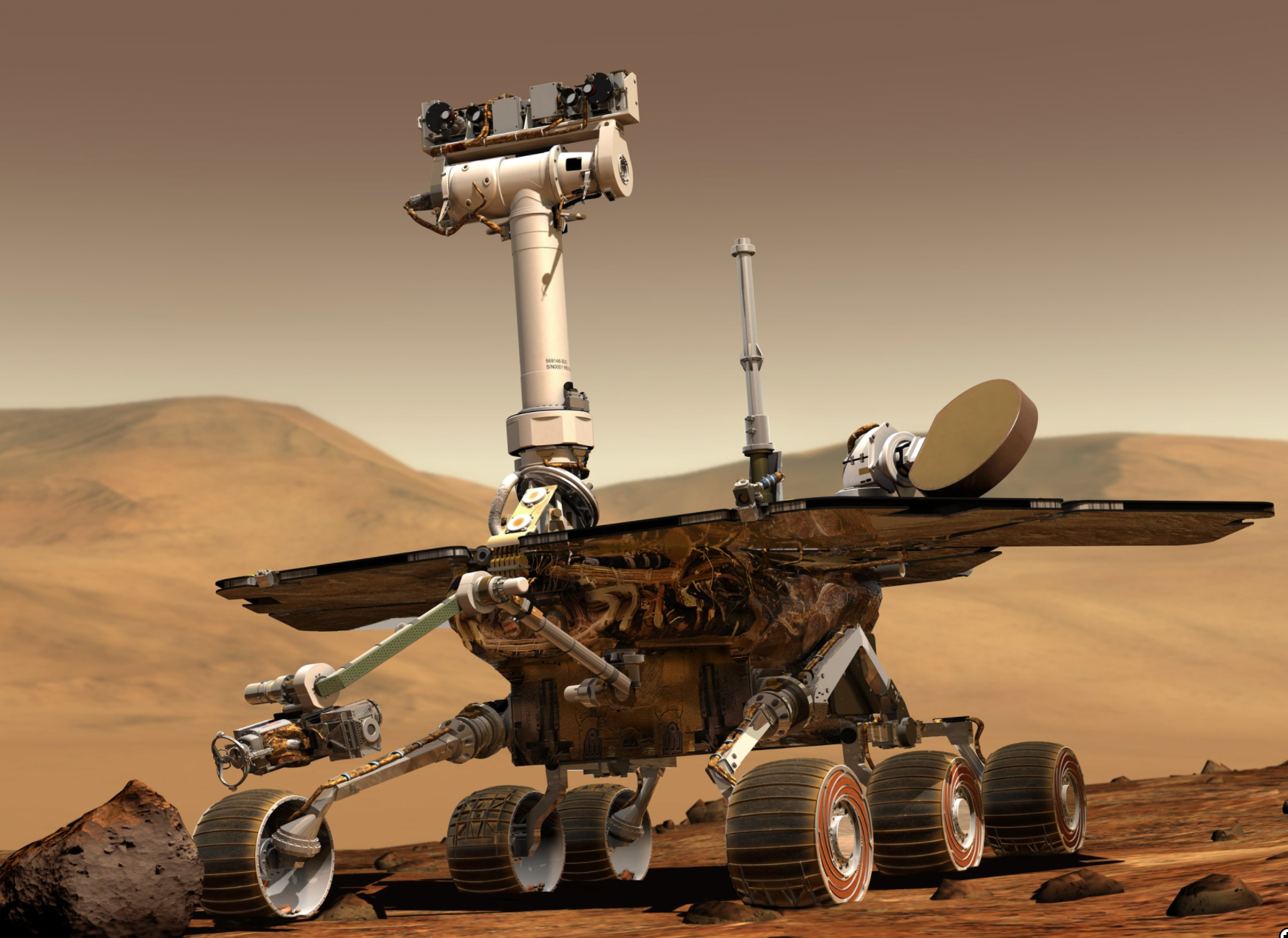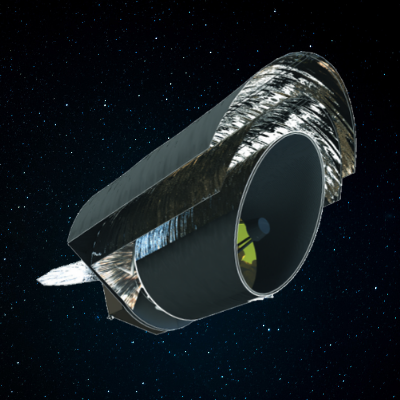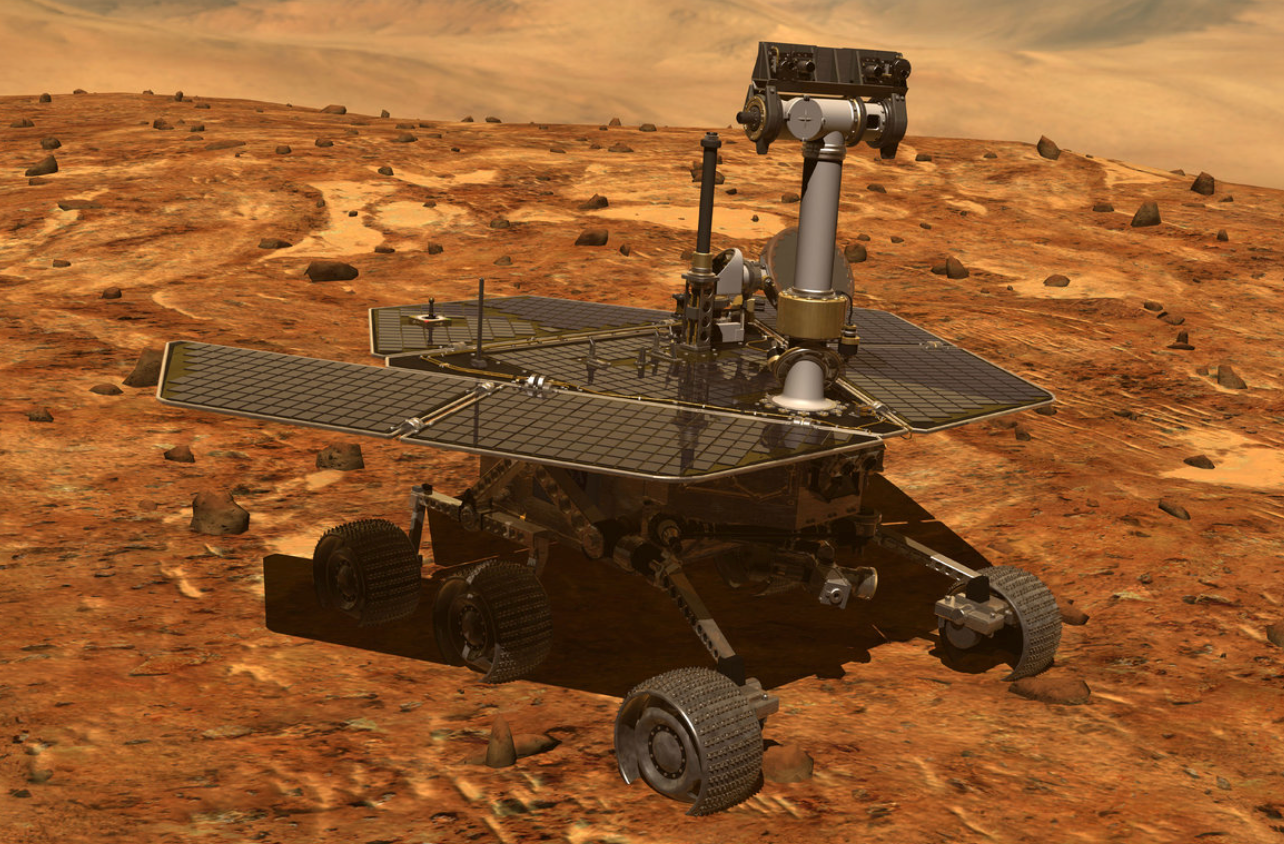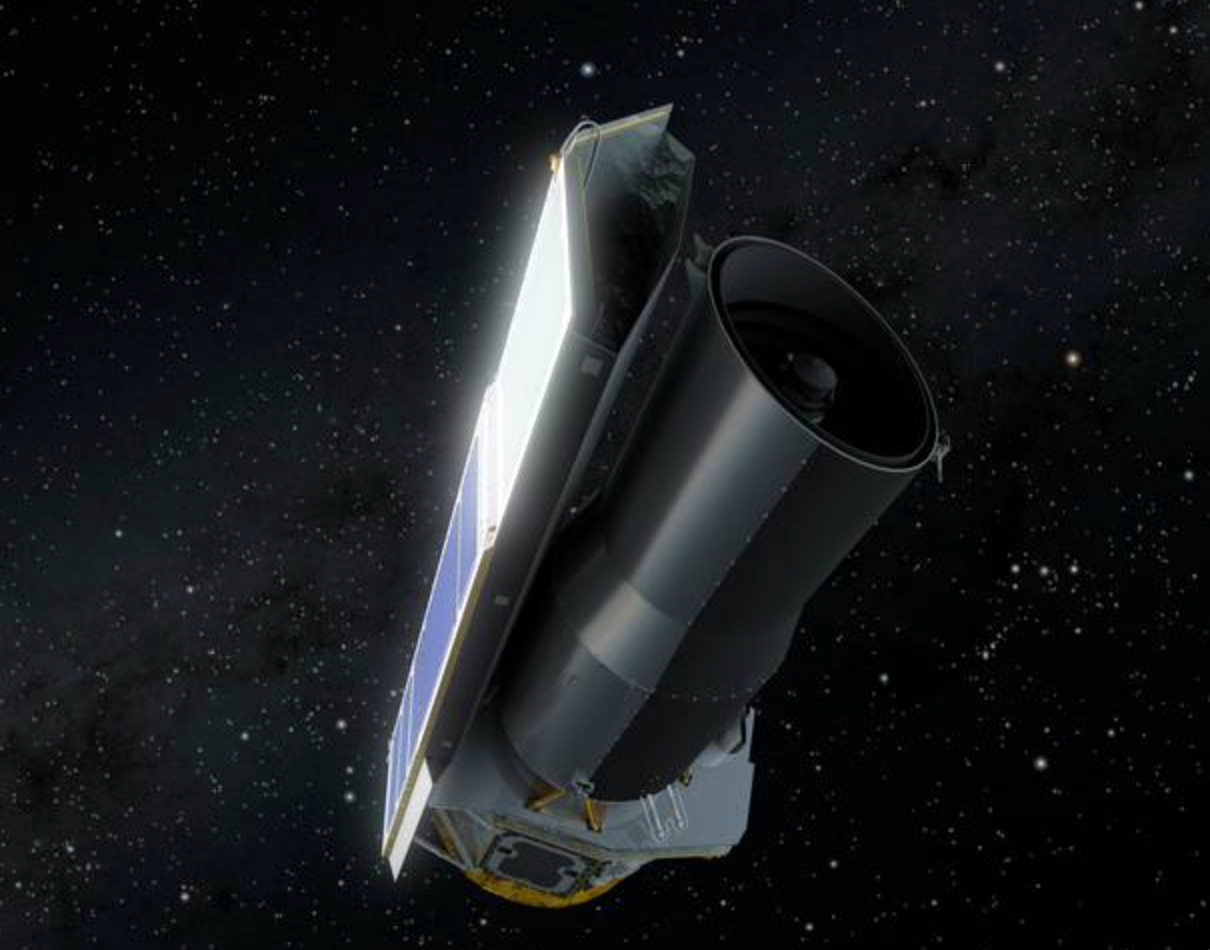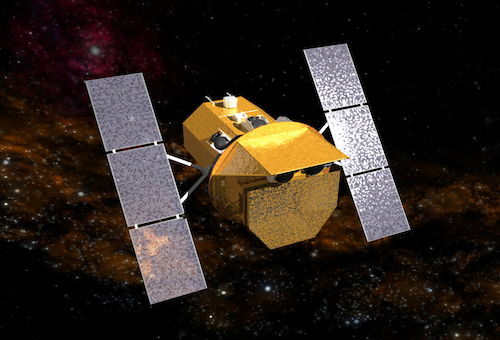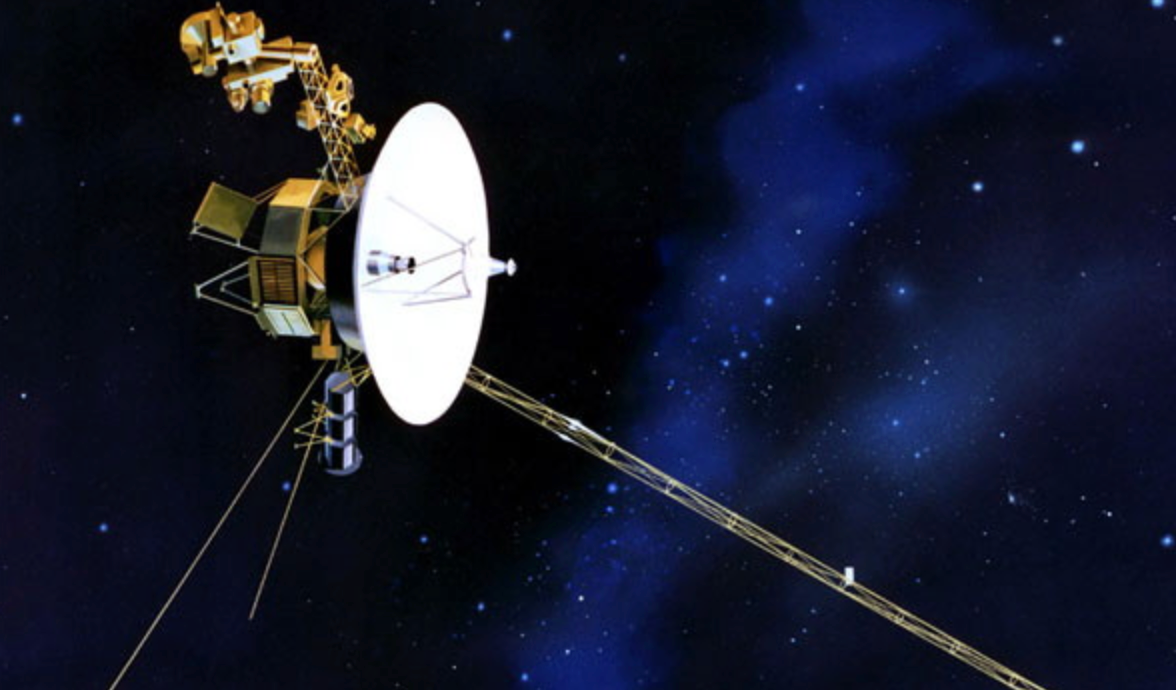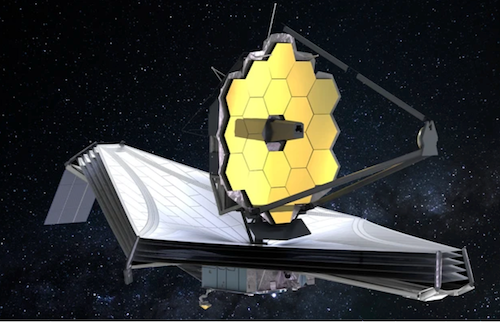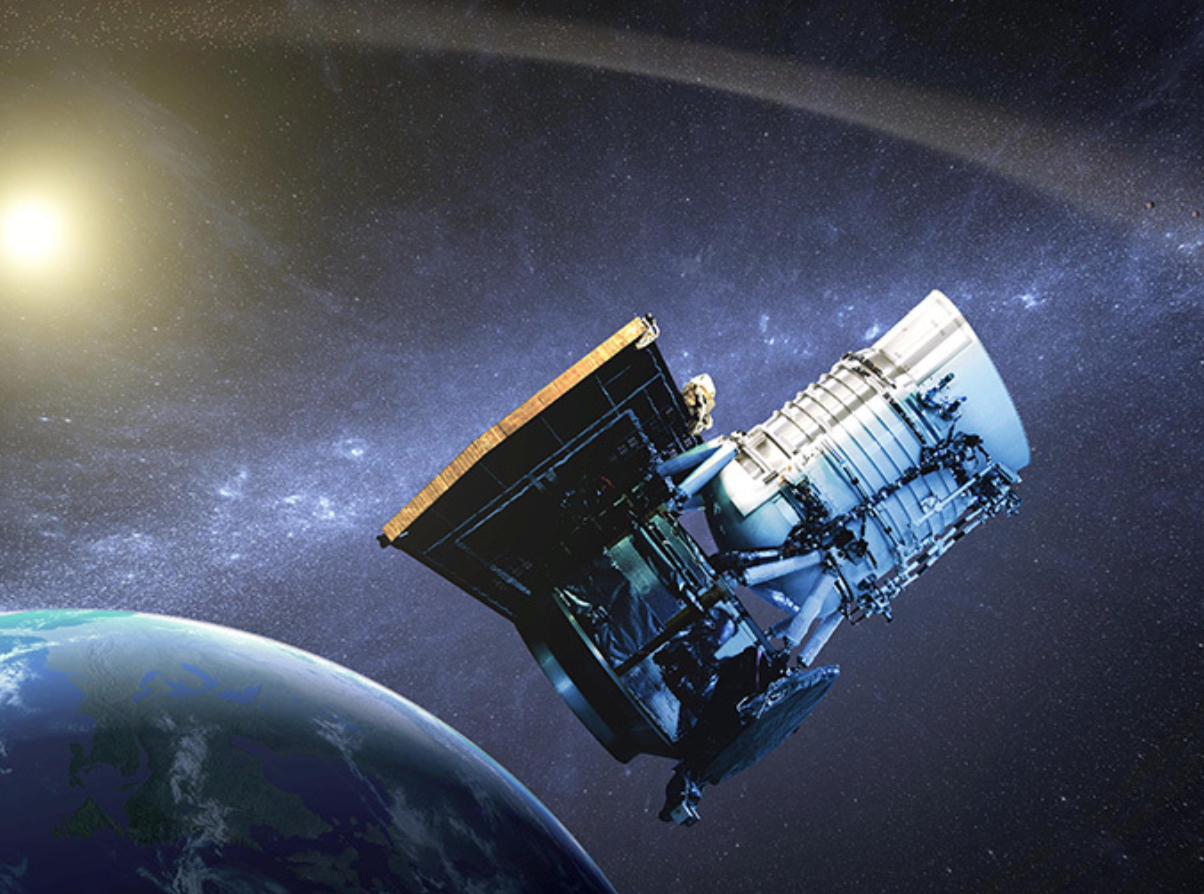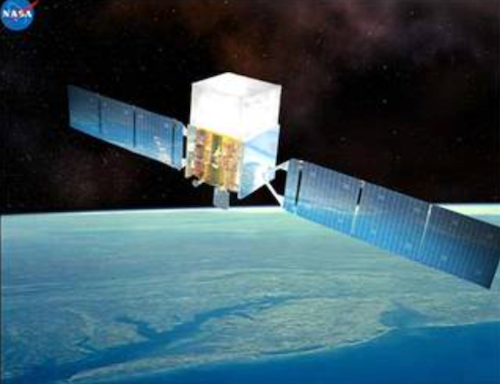
Fermi Gamma Ray
Liftoff
June 11, 2008
Still Exploring
Mission Info
NASA's Fermi Gamma-ray Space Telescope is a powerful space observatory that unlocks a view in the high energy fields of the universe. The satellite sees pulsars, active galaxies powered by supermassive black holes, and the remnants of exploding stars. Fermi detects gamma rays using its two instruments, the Large Area Telescope (LAT) and the Gamma-ray Burst Monitor (GBM). The GBM detects lower-energy emissions, which has helped it identify more than 2,000 gamma-ray bursts: energetic explosions in galaxies extremely far away. The LAT sees about one-fifth of the sky at a time and records gamma rays that are millions of times more energetic than visible light.
Fermi continues to map the entire high-energy gamma-ray sky every three hours. Physicists are able to study subatomic particles at energies far greater than those seen in ground-based particle accelerators. And cosmologists are gaining valuable information about the birth and early evolution of the Universe.
Key Facts
Delta II 7920-H
Cape Canaveral, Fl
Detected the most powerful gamma-ray blast astronomers have ever seen: a mysterious source glowing with more energy than 9,000 supernovas
Discovered the first gamma-ray pulsar and gamma-ray 'bubbles' around the Milky Way
Mission Images
Mission News
 DESY, Science Communication Lab
DESY, Science Communication Lab




